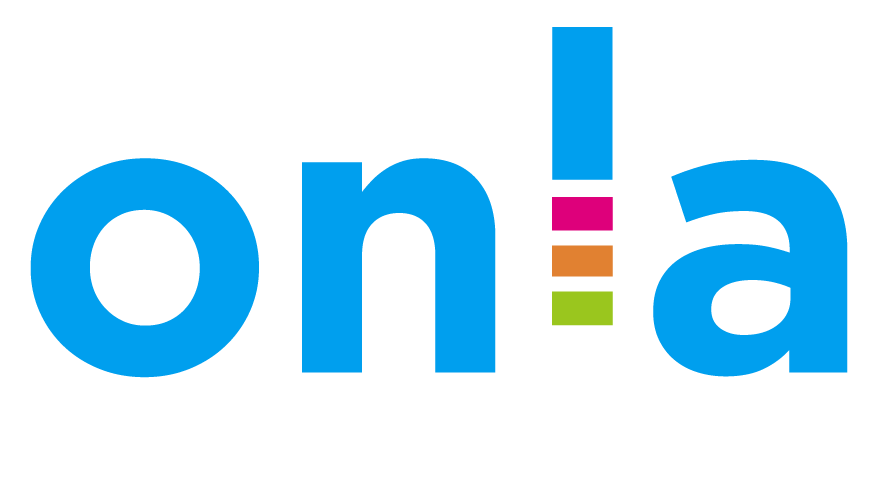As you will probably know, trusts are to be taxed at 39% if their income exceeds $10,000.
It is reasonable to expect a large number of trusts will have exactly or almost exactly $10,000 of income because the tax rate will be 33%. Be aware if you go just one dollar over the $10,000 threshold, all of the trust income is taxable at 39%.
Inland Revenue has issued a statement explaining what it will accept as legitimate tax avoidance and therefore acceptable. It includes the following:
Where a company is owned by a trust, a change in dividend policy is acceptable. For example, you could reduce trust income by just not paying dividends.
Distributions to beneficiaries who have a lower tax rate.
Trustees could create a company and transfer income earning assets to it, which would then be taxed at 28%. However, see the last bullet point below in the list of unacceptable ways of avoiding the high rate of tax.
Winding up the trust.
Using PIE investments, which are taxed at 28%. Comment: Is this going to take money out of the bond market and possibly have an impact on the intereTalk to us if you have a trust and would like to know what options are available to youst rates offered by issuers?
Inland Revenue will not accept artificial and contrived ways to dodge the high rate of tax. Examples include:
Allocating income to a beneficiary who has no knowledge they have received the money or expectation of being paid it.
Using loans from a company to get funds into a trust instead of paying dividends to it. The loans could then be on-lent to beneficiaries.
Artificially altering the timing of income or expenditure, particularly where it is linked to existing contractual terms or practice.
Creating artificial expenditure, such as the trust paying management fees to a company, which cannot be commercially justified.
Making distributions to a company beneficiary where that company shares are owned by the trustees. Where this happens, the distribution has to be taxed at 39%.
Allocating income from a trust to a beneficiary who later resettles this money (gives it back) to the trust.











